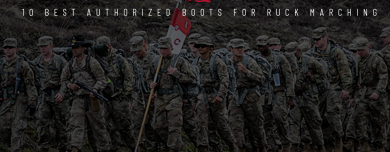
The Battle of Waterloo took place on June 18, 1815, in present-day Belgium, and is notable for being the last battle fought by Napoleon Bonaparte. Read on to learn about this crucial battle, and discover more about Napoleon’s life by visiting our blog post Napoleon Bonaparte: Emperor of France.
Background
In 1814, after many European countries united to defeat Napoleon, he was sent into exile on the island of Elba. Napoleon hated living on this island, managing to escape and sail back to France less than a year later. He arrived on March 20, 1815, and was greeted by French citizens that were overjoyed to see him back in France.
After receiving word of Napoleon’s return, the former coalition was determined to put an end to Napoleon and prepared for conflict. The chance of a French victory was slim, but as Napoleon once said, “Impossible is a word only to be found in the dictionary of fools.” It was this type of confidence Napoleon practiced when formulating a plan to destroy each of his enemies individually before they could unite and defeat him.
Battle of Ligny
Napoleon initiated his plan of attack by leading his troops into Belgium, where they engaged with the Prussian Army in the Battle of Ligny on June 16, 1815. 84,000 Prussian troops were led by Gebhard Leberecht von Blücher, pitted against 68,000 French forces led by Napoleon. Napoleon won the battle but his army suffered heavy casualties, with over 11,500 soldiers lost. The Prussians experienced an equally devastating 16,000 casualties.
Battle of Waterloo
On June 18, just two days after the Battle of Ligny, Napoleon marched his remaining troops towards the city of Waterloo to fight with the British army, led by Arthur Wellesley. Wellesley’s army included troops from various other countries in Europe, and totaled 68,000 soldiers.
The previous night, June 17, it rained heavily and caused the ground to be wet and muddy. Napoleon decided to hold off on the attack until the afternoon so that the area had time to dry. His logic made sense at the time, but unknowingly allowed the remaining Prussian soldiers to join the British army. The French fought a fierce, bloody fight, but due to being outnumbered, they were forced to retreat. The battle of Waterloo resulted in a French defeat resulting in 33,000 casualties and an additional 22,000 casualties on the British and Prussian side.
Aftermath
Following the battle of Waterloo, many countries throughout Europe created treaties to prevent another outbreak of war on the continent. As for Napoleon, he was sent back to exile, this time on the island of Saint Helena — where he spent his remaining days.





